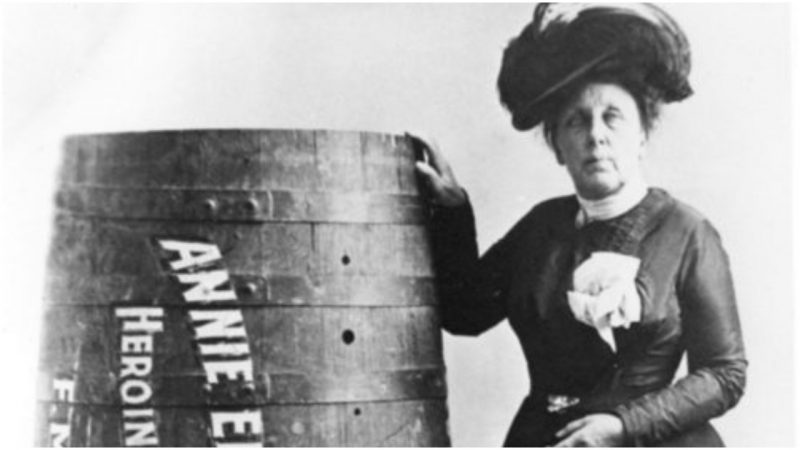History has celebrated the accomplishments of men since the beginning of record-keeping. Women, on the other hand, have historically been socially regulated to keeping the line going by giving birth to male heirs and supporting their husbands.
Fortunately, women’s voices are now being heard. Women who were ignored in the past alongside women who anonymously changed the world are now noticed and appreciated.
In the future, a higher production of female-focused biopics is expected, following the example of the film which celebrates the life of Florence Foster Jenkins, known as “the world’s worst opera singer.” Another possible subject for a biopic could be the Chinese Dowager Empress Cixi who started as a lowly concubine but rose to be the Empress of China in 1850 and went so far as to have the Emperor arrested. And we might see a film about Effa Manley, the black co-owner of the Newark Eagles baseball team during the 1930s and 1940s.
At a dinner party with some of the most interesting, but neglected, women in history, the following names would most certainly be on the guest list:
12. Jeanne Bare
Jeanne was a French orphan who fell in love with the naturalist Philibert Commerson. They traveled the world by boat and recorded the exotic flora.

To conceal her identity, Jeanne dressed as a man. She was the first woman to circle the globe. After Commerson’s death at age 45, she married a French soldier and returned to France. The French Navy later awarded her a 200 livre per year pension for her work as a botanist.
11. Isabella Lucy Bird
Lucy was a brave woman even by today’s standards. Born in 1831, she was the daughter of an Anglican minister. In her early twenties, she had a tumor removed from her spine, and upon her recovery, she decided to travel.
She traveled the United States and was marooned in the Rocky Mountains during the winter.


During her stay, she met the hard-living outlaw Wild Jim Nugent and lived with him until the weather broke. She went on to explore Canada, Hawaii, China, Japan, Malaysia, and Vietnam. After a short rest and her marriage to a physician back in England, she continued to India, Tibet, the Middle East, and Morocco. Her letters about her travels were published in a compilation of several books.
10. Harriet Chalmers Adams
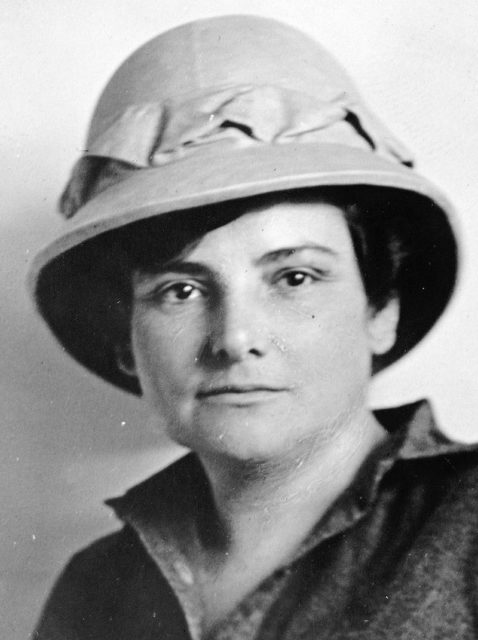
Harriet was an avid explorer at a time when women were tightly laced into corsets and gossiping at tea parties.
Born in 1875, she wrote about her adventures in South America and the Andes Mountains in the National Geographic and was one of the founders of the Society of Women Geographers.
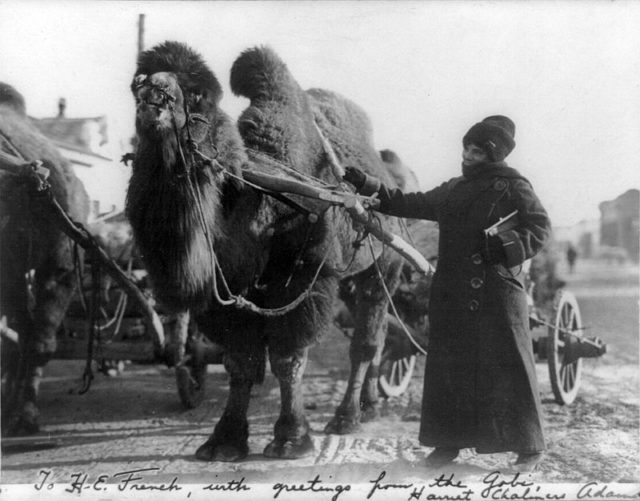
Due to her fearless nature, she was permitted to report from the European theater of war in World War I; she was the only woman given that privilege.
9. Annie Edison Taylor
In 1901, on her sixty-third birthday, Annie decided she wanted to do something unique to make some money.
She had a reinforced barrel built, stuffed her lucky pillow inside, and became the first person to go over Niagara Falls in a barrel.
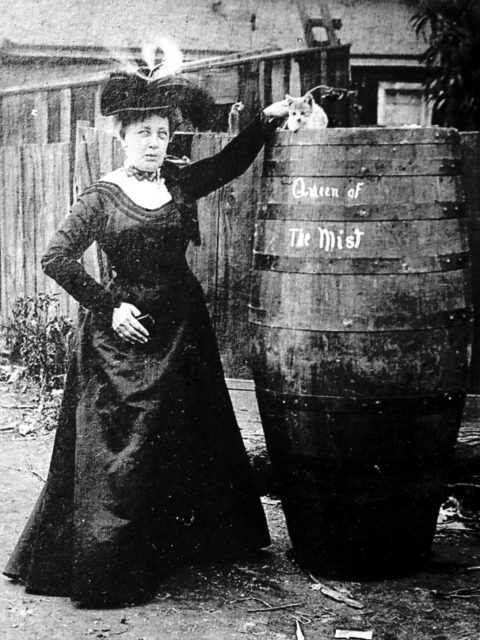
Not only did she live to tell the story, but she also became a celebrity. Soon, her manager took off with the barrel so she spent most of her money hiring private detectives to find him. Annie spent her final years at her souvenir stand, posing for photos with tourists.
Hojo Masako
At the beginning of the Shogun period in Japan, Masako was the wife of Minamoto no Yoritomo; the first legally declared Shogun in 1185. At a time of arranged marriages, theirs was one of love and individual choice.
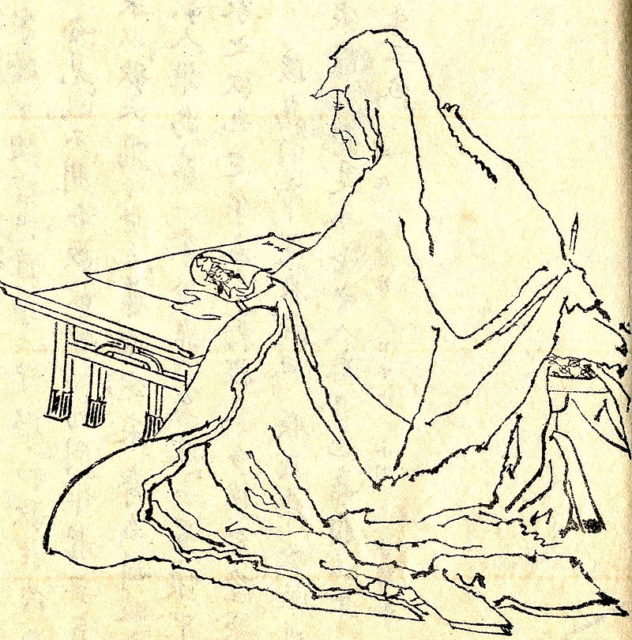
They shared the power, which made Masako a formidable woman. When the Shogun died in 1199, Masako became a nun but kept the power given to her by her husband.
In spite of the series of conspiracies involving her son and heir to the throne, her father, and her brother, she held on to her authority. She is regarded as the most powerful woman in Japanese political history.
7. Ida B.Wells
Ida was born into slavery on a Mississippi plantation in 1862, three years before the end of the Civil War. She rose up to become a reporter and civil rights advocate who wrote freely about the oppression of African-Americans, as a way to keep them under the thumb of Caucasian Americans.
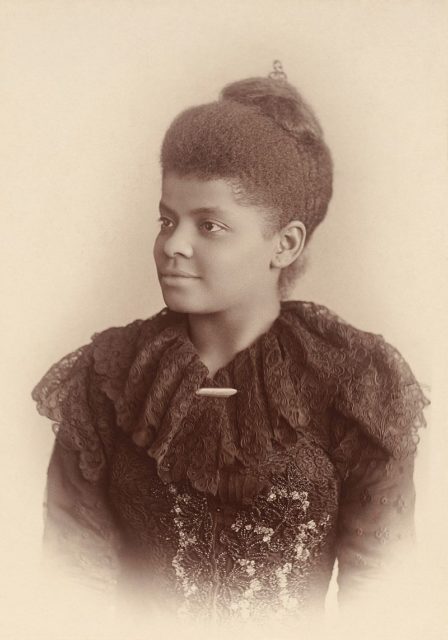
Ida was shunned by white suffragettes, calling her a liar regarding her exposure of oppression, and had her life constantly threatened. She toured the world lecturing and faced unruly mobs who tried to silence her.
When she boarded a train reserved for white women only, she was asked to leave but refused to do so, seventy years before Rosa Parks refused to move to the back of the bus.
6. Nellie Bly
Nellie read Jules Verne’s Around the World in Eighty Days and decided to try and see if that was possible. Her mission was successful, and she completed the trip around the world in just seventy-two days.
She also did an exposé on the deplorable state of mental institutions, by pretending to be mentally ill and entering an asylum.

The result was her book, Ten Days in a Mad-House, which made the public aware of how the abuse patients suffered and how they were forced to live in squalid conditions. When she was thirty-one, she married a wealthy man twice her age and became the inventor of several items, including the milk-can still used on dairy farms today.
5. Hatshepsut
Hatshepsut was an Egyptian queen who ruled autonomously for twenty-two years during the Eighteenth Dynasty.
Her reign gave peace and prosperity to Egypt and avoided a civil war.

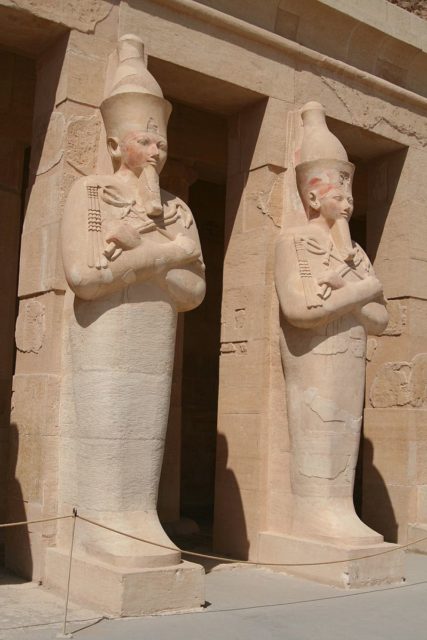
To succeed, she was forced to disguise herself by wearing a false beard. Many monuments and temples were built to proclaim her glory, but the following ruler tried to erase the records of her accomplishments and remove her names from the temples. Fortunately, he did not succeed.
4. Maria Tallchief
Maria was a ballerina who joined George Balanchine’s dance company, the New York City Ballet. Her talent made her the star of Balanchine’s show and gave her the distinction of being the first successful Native American ballerina.

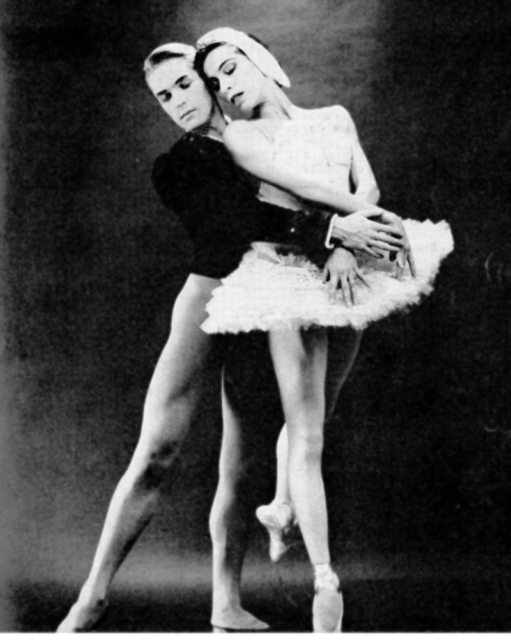

As a child, she suffered discrimination due to her background; she felt it was in her best interest to Americanize her last name, initially Tall Chief. Although Balanchine was her senior by the age of twenty-one, they married when she turned twenty-one, but the union was annulled eight years later.
3. Alexandra David-Neel
Born in 1868 to an aristocratic Belgian family, Alexandra traveled extensively in India at a time when outsiders were not welcome.
She became friends with the Sikkim Maharajah and adopted a traveling companion, Aphur Yongden, a Buddhist monk.
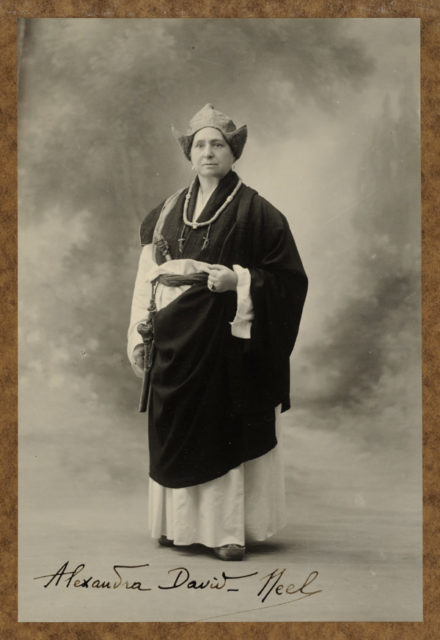


Together they toured Tibet and Japan and once survived a blizzard. David-Neel was a proponent of spiritualism; she claimed to have survived the blizzard by meditation which raised her body temperature. She wrote over thirty books, and one of them was an anarchist treatise that was so radical, that publishers would not accept it.
2. Empress Theodora
During the Byzantine period, the Emperor Justinian I married Theodora, who might have previously been a prostitute.
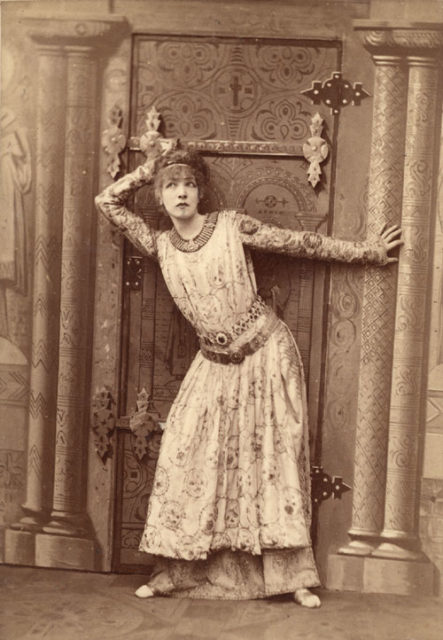
Many believe that her enemies conducted a smear campaign being jealous of the fact that she was a successful and beloved leader, Bustle reported.
1. Annie Londonderry Cohen Kopchovsky

In 1895, two Bostonians made a bet on whether or not a woman could take care of herself under exceptional circumstances. Annie accepted the challenge of their bet, and although she had never ridden a bicycle before, she took off to ride around the world in fifteen months.
She was a published reporter who took advantage of the situation by advertising spring water. When she completed the trip, she began referring herself as “The New Woman.” Her fame and her accomplishments slowly faded through history.
